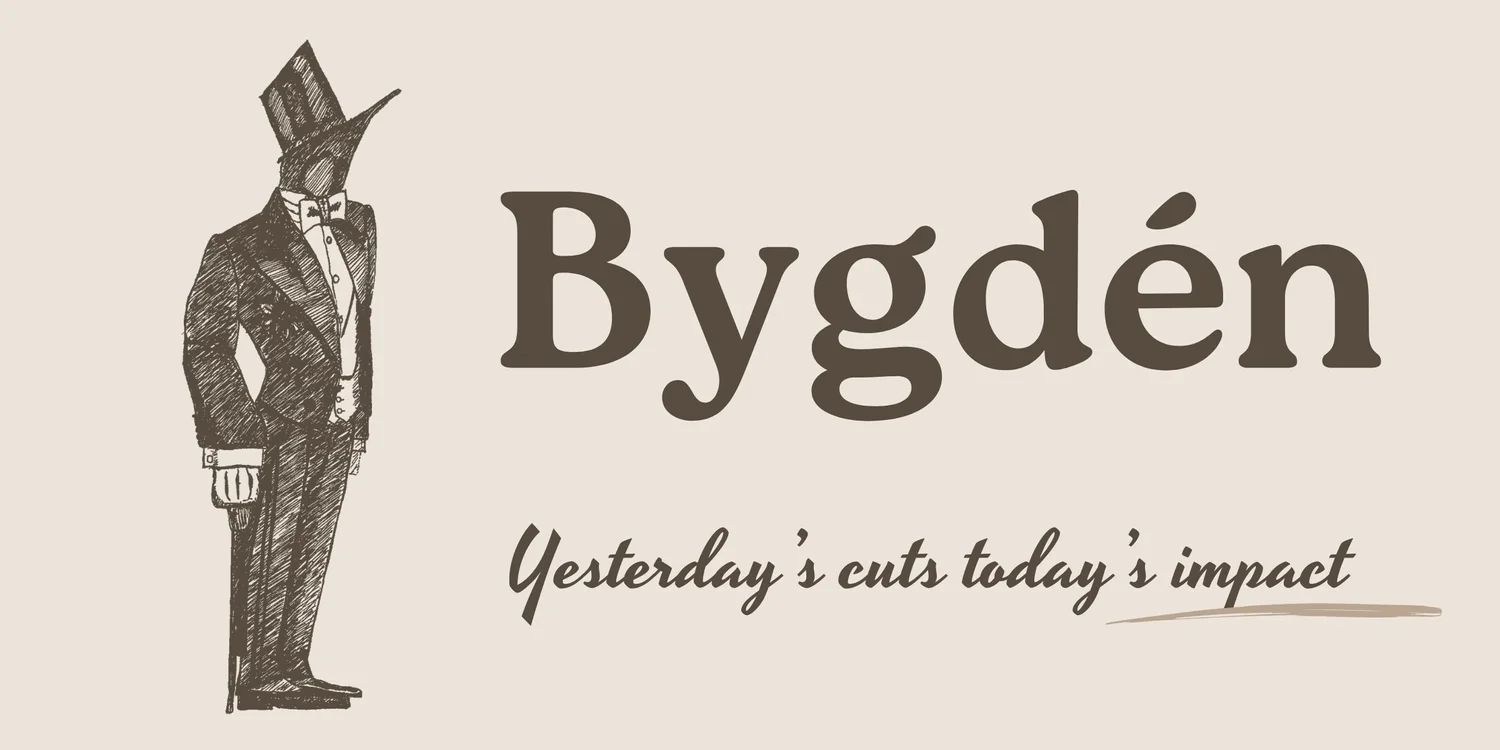George - 3 piece suit
Inspiration
N amed after early 20th century men's clothing icon and movie legend George Raft, and like its namesake, the three-piece suit takes on a litany of style traits typical of the time. We refer here to this time as The Golden Age of Men's Wear and span a wide time period of roughly circa late 1800s through around mid-1940s.
The waistcoat features a unique configuration inspired by early 20th century waistcoats which gives it an air of formality. The shawl lapel has been inspired by the lapels often featured in the 1930s and earlier waistcoat often sporting this more formal option for lapels and when the waistcoat is cut double breasted a higher roll-line is achieved whilst allowing for a lower buttoning point.
On top of this the back of the frock coat has heavily inspired the arch-like seams as well as the high-waisted back-ventile of the suit jacket giving the suit a slightly antique feeling similar to those worn during The Golden Age of Men’s Wear.
Inspired by the 1930s trousers the addition of double pleats further helps with the fullness of the trousers allowing more room for the wearer in addition to adding a yet another formal touch similar to the back ventile on the suit-jacket.
Details and Design Choices
This “packet” of buttons are what gives the waistcoat a v-taper with their special configuration and also low position similar to that of evening waist coats buttoning configuration (although those mainly sport single-breasted alternatives with some exceptions). A very unique element specific to the waistcoat is its backpart featuring a unique belt with hidden button where the button of the waistcoat is done by threading a button into a button hole on the back of the belt instead of the front, which gives the waistcoat a feeling of elegance. Normally a waistcoat features 2 front welt pockets and this is no exception, these pockets are however made by hand giving the entire waistcoat a refined finish.
Featuring patch pockets makes the jacket all the more casual which is in direct contrast with the peak lapel and the top stitching sported on several of the jacket detailings. The addition of contrasting button holes i.e dark brown with the camel colored suit fashion fabric even furthers the "casualness" of the suit jacket. Thus blending the world of formal garments with that more casual world, and in a way bridging the gap between them and creating a formal-esque sport jacket that can be styled similar to a suit jacket.
A smaller angle between the side seam and the pocket opening gives the trousers a further air of formality. Besides this the trousers similarily to the entire suit including the coat and waistcoat feature top-stitching to attache the seam allowance to the outer fabric which in turn allows the garments to lay more flat. The trouser hem is finished using small stitches often referred to as a Blind Hem Stitch - a technique in which a single or very few threads are taken of the outer fabric and sewn to the trouser fold.
Traditional techniques
In traditional tailoring the lapels of a waistcoat and a suit jacket are sewn with a technique called pad-stitching, a technique which is explained alongside many other sewing basics and advanced tailoring in my latest book. In order to create a stiffer front a specific fabric most often horse hair canvas is used, although in this case cotton canvas was used due to the former being difficult to acquire at present. In the featured images the light brown fabric is the cotton canvas and the picture with a white lapel with many small stitches is the pad stitched waistcoat lapel. In addition to these intricate details the suit jacket also features interior pockets: one small patch pocket with an embroidered crown, two double welt pockets, and one cigar pocket as well as one breast pocket and two patch pockets on the outside. The suit jacket also features shoulder pads to allow a better fit given the fact that the coat features extended shoulders, something that was very common during The Golden Age of Men’s Wear.
*This article may be subject to change in the future








